Two ways with cauliflower pickle: Vinegar Pickle and Lacto-fermented Mixed Vegetable Pickle
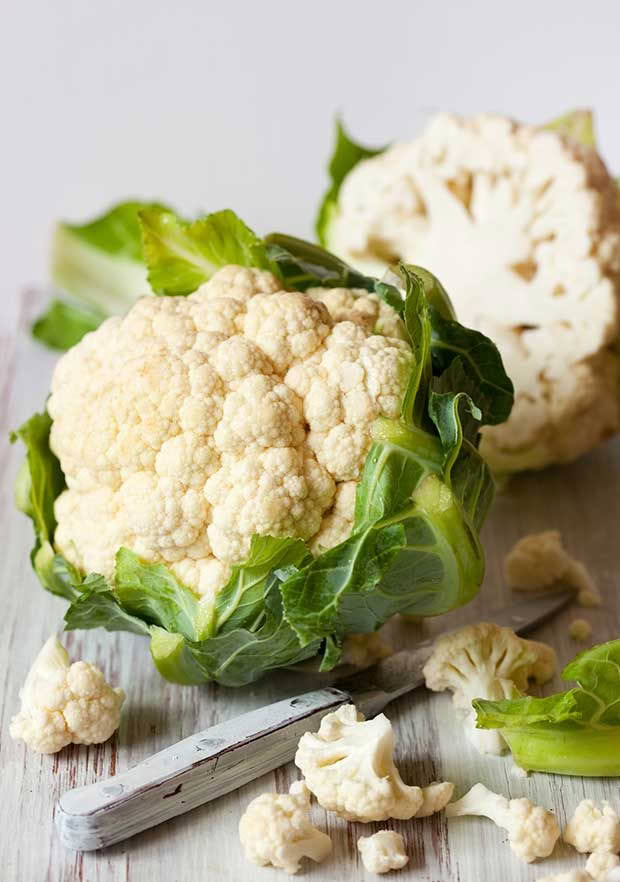
If you are struggling to eat up your cauliflower, Kristina can get you into a pickle.
Words: Kristina Jensen
I think it’s probably every aspiring gardener’s dream to grow big cauliflowers.
I am a bit jealous of my fellow writing companion, Diana Noonan. She grew the biggest, most beautiful cauliflower ever this year and put a photo of it up on Facebook. What a thing to show off, a pure white head of divine proportions.
The best I’m able to do is grow large versions of cauliflower’s greener cousin, broccoli. I seem to have inherited this ability from my mum who also grew gigantic heads of broccoli. I’m pretty sure it’s the possum under each plant that helps mine do so well.
This means eating a lot of broccoli for a short period of time when they all come ready at once. Thankfully, it’s a favourite in our household so none goes to waste and I can always swap it for something else, like cauliflower.
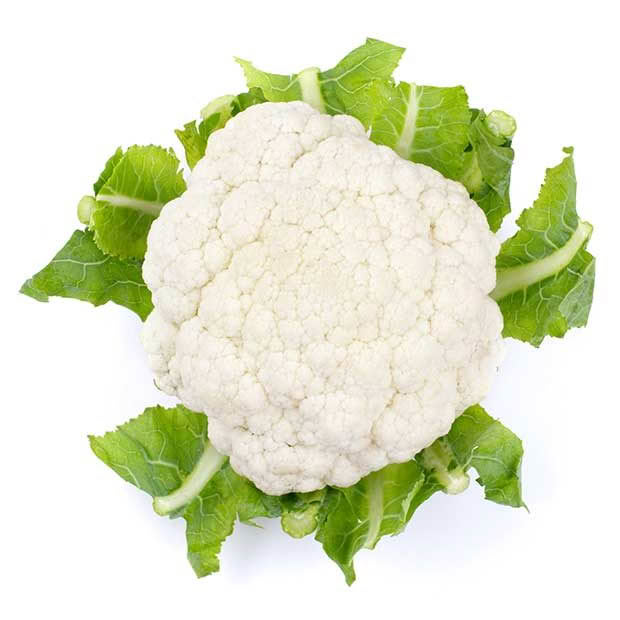
When my husband and I first came across the recipe at right for pickling cauliflower, it involved a vinegar brine. It was one we found on Google after a neighbour turned up with a gigantic cauliflower that demanded our immediate attention.
We came to an amicable arrangement: we would make something from it and give him half.
These types of vegetable and fruit swaps are a very regular thing for us. It’s a vital part of living rurally that helps to create a strong community network.
Another good example were the plums gathered from a friend’s parent’s orchard. These were turned into wine and now we and they are enjoying the result. It’s a good thing that it turned out to be a capital brew.
We made a 5-litre bucket of the cauliflower vinegar pickle and it was pretty good. It gave us something tasty to look forward to during our customary six week summer on the boat.
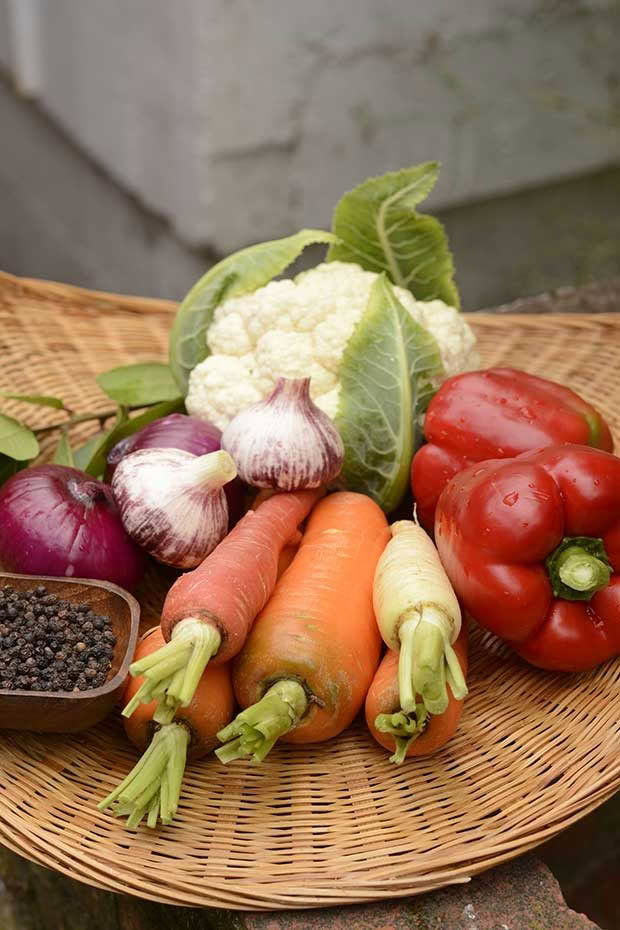
For those familiar with holidays without refrigeration, you will know that the first week is spent eating all the perishable vegetables like tomatoes, mushrooms, brassicas, zucchinis and cucumbers. Then it’s onto the good old staples like cabbage, onions, beetroot, carrots and potatoes.
However, one step better was the same recipe but this time fermented. Fermented food always has a mixed reaction. Some people – like Paul and I – love it. Others run a mile as soon as they catch a whiff.
You’ll have to take our word that this is a delicious way to preserve cauliflower, and you get a whole heap of excellent gut-enhancing bacteria in the process.
CAULIFLOWER VINEGAR PICKLE
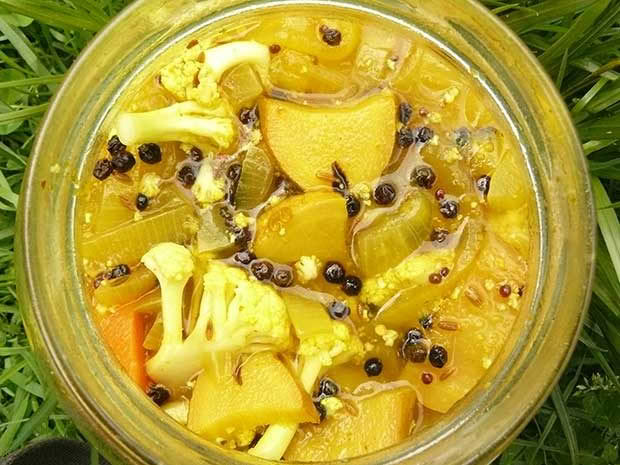
Ready in 14 days +
Makes: 2-3 Agee-size jars depending on the size of the vegetables
INGREDIENTS
1 tsp coriander seeds
1 tsp black mustard seeds
½ tsp cumin seeds
2 cups cider vinegar
5 medium cloves garlic, lightly crushed
and peeled
6 thin slices of peeled fresh ginger
½ onion, thinly sliced lengthwise
½ cup raw or organic sugar
2 tbsp sea salt
1 tsp black peppercorns
½ tsp ground turmeric or 5-6 thin slices
of fresh turmeric
¼ tsp chilli flakes
Half of a large head of cauliflower,
cut into small florets
5 carrots, peeled and sliced 1 cm thick
on the diagonal
1 red bell pepper, cut into large slices
METHOD
Put the coriander, mustard and cumin seeds into a small pan. Roast over a medium heat, swirling until fragrant and just slightly darkened.
Put into a pot with the vinegar, garlic, ginger, onion, sugar, salt, peppercorns, turmeric, chilli flakes and 1 cup water and bring to the boil.
Sterilise 2-3 clean Agee-sized jars (heat in the oven at 180°C for 15 minutes), then pack the vegetables quickly into the clean, hot jars.
Carefully pour the hot brine over the vegetables, leaving a 2cm space at the top. Poke a clean chopstick or a plastic handle or blade around the inside of the jars to release any trapped air bubbles.
Strain the extra solids out of any remaining liquid in the pot and distribute among the jars. Wipe the lids and rims of the jars with a damp cloth and secure the lids.
Place the jars back into the oven for 15 minutes. Stand to cool. Label and store in a dark, cool spot.
Leave for two weeks to let the flavours develop. Refrigerate once open.
LACTO-FERMENTED MIXED PICKLES
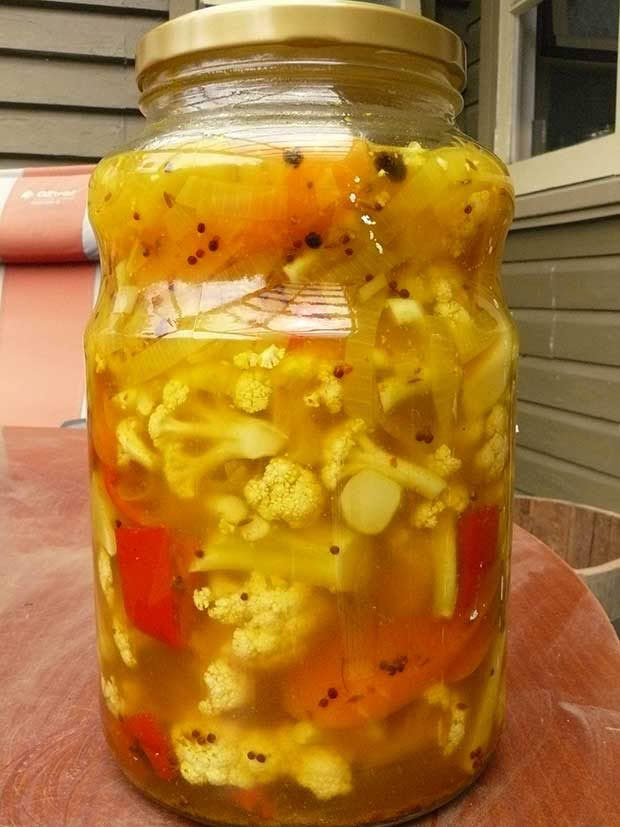
You can use a bucket or jar to ferment this pickle.
Ready in 7 days +
Makes: An Agee size jar so if you have larger vessels, you may need to increase the quantities.
This ferment uses naturally-occurring bacteria so there’s no need to add anything else.
Many people will gasp at my use of plastic buckets for fermentation, but I have had no trouble using them with an air lock in the lid and a saucer to hold down the vegetables.
If I’m using an Agee jar, I cut out a ‘presser’ disk from a plastic lid that keeps the pickles down under the shoulder of the jar and subsequently, the level of the liquid. The vegetables will not ferment properly if they are not submerged.
Don’t let them have contact with air or your brew can end up smelly, slimy and inedible.
INGREDIENTS
3 tbsp sea salt
500ml warm water
1 cup cauliflower florets, small
1 cup carrot slices
1 cup capsicum slices
1 clove of garlic, smashed and peeled
1 bay leaf
½ tsp coriander seeds
¼ tsp peppercorns
METHOD
Dissolve the salt in the warm water. Leave it to cool to room temperature before making the pickles.
Place the remaining ingredients in a very clean Agee jar or a small plastic bucket – sterilise with 2-3 rinses with boiling water.
Pour the salt water over the vegetables, leaving at least 2cm of head space at the top of the jar. If necessary, add more water to cover the vegetables.
Cover the jar tightly with the lid and let it stand at room temperature.
Once a day for a week, open the jar to check on your brew and release gases produced during fermentation. If any mould or scum forms on the top, skim it off. You may notice a strong garlic smell; if you don’t like it, leave the garlic out next time.
Taste the pickles after a week. When they are to your liking, transfer the jar to the refrigerator – cold storage largely halts fermentation.
The pickles will last for at least a month.
KRISTINA’S TIP:
Don’t throw the pickling liquid away. It makes a great salad dressing or a marinade for meat. A few tablespoons can also be used as a starter for the next batch of pickles.
MORE HERE:
Love this story? Subscribe now!
 This article first appeared in NZ Lifestyle Block Magazine.
This article first appeared in NZ Lifestyle Block Magazine.
